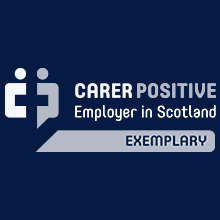Nasal polyps occur almost exclusively in children with cystic fibrosis, usually bilateral.
However, often an inferior turbinate, possibly enlarged due to rhinitis, can be mistaken for nasal polyposis.
The vast majority of children referred to exclude a nasal polyp have normal nasal anatomy.
Malignancy is very rare and usually has other, red flag symptoms, for example proptosis and diplopia, ulceration, bleeding and is usually unilateral.
Nasal Polyps versus Turbinates
Polyps are insensate.
Polyps are soft and mobile; turbinates have a bony core, so are not.
Polyps have a translucent, gelatinous appearance; turbinates are more pink in colour.
C.M. & G.T. 14-01-25
Initiate medical management – please see Primary Care Management for detail.
Who to refer:
- Nasal polyps occur almost exclusively in children with cystic fibrosis-bilateral
- Refer to medical paediatrics
- Malignancy is very rare – a suspicious unilateral mass
- If unilateral mass (that is not a polyp or turbinate and shows red flags) refer ENT urgently
- If medical management of genuine polyposis unsuccessful, refer to medical paediatrics/allergy team.
If polyp suspected on the background of allergic rhinitis/asthma:
- Treat medically if troublesome:
- Nasal saltwater rinses or sprays
- Nasal steroid spray













